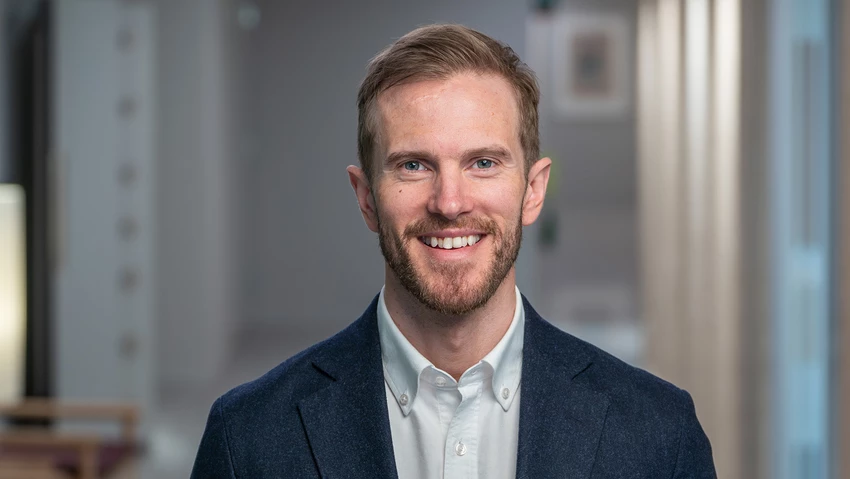
Growth rate up by 50%
“The agreement at COP28 on tripling renewable energy was significant and this report shows that the goal is clearly achievable and the tools needed are available,” explains Peter Sandahl.
“Over the past decade we have seen renewables growing exponentially and costs falling sharply with high learning rates and economies of scale. The report confirms the positive development and forecasts a continued acceleration in deployment over the coming years. Renewable energy capacity additions were almost 50% higher in 2023 compared with 2022, mainly driven by growth in solar technology. Under current policies and conditions, renewable energy capacity is forecast to grow by a factor of 2.5 by 2030, almost reaching the tripling goal,” he says and adds:
“What is needed to close the gap differs across regions, but supportive policy environments, more investments in grid infrastructure and more flexible permitting systems are all important levers. In emerging and developing countries, the key issue continues to be low access to finance and high cost of capital, making the renewable energy equation less attractive. De-risking solutions to mobilise finance at scale in these regions are essential not only locally but also from a global transition perspective.”
Renewables to overtake coal by 2025
According to the report, renewable energy capacity is expected to double by 2028 in Europe compared to the previous six years. The outlook for solar power is even more optimistic.
“Solar power is a major thing in the report. While the outlook for wind power, especially offshore, is more bleak, the solar power outlook is revised upwards and growth is overall expected to be higher compared to previous estimates. In the EU, solar power accounts for 70% of the expected growth by 2028. With the revised and more optimistic forecast, the IEA now estimates renewables to account for more than 40% of global electricity generation by 2028 and to overtake coal power as the single source of power in early 2025. At Nordea, we’re following this development and are working closely with our customers to support them in their transition,” concludes Peter Sandahl.



